If You Have a Garden in This Area, You May Soon Have to Protect It From ‘Volcanic Ash’
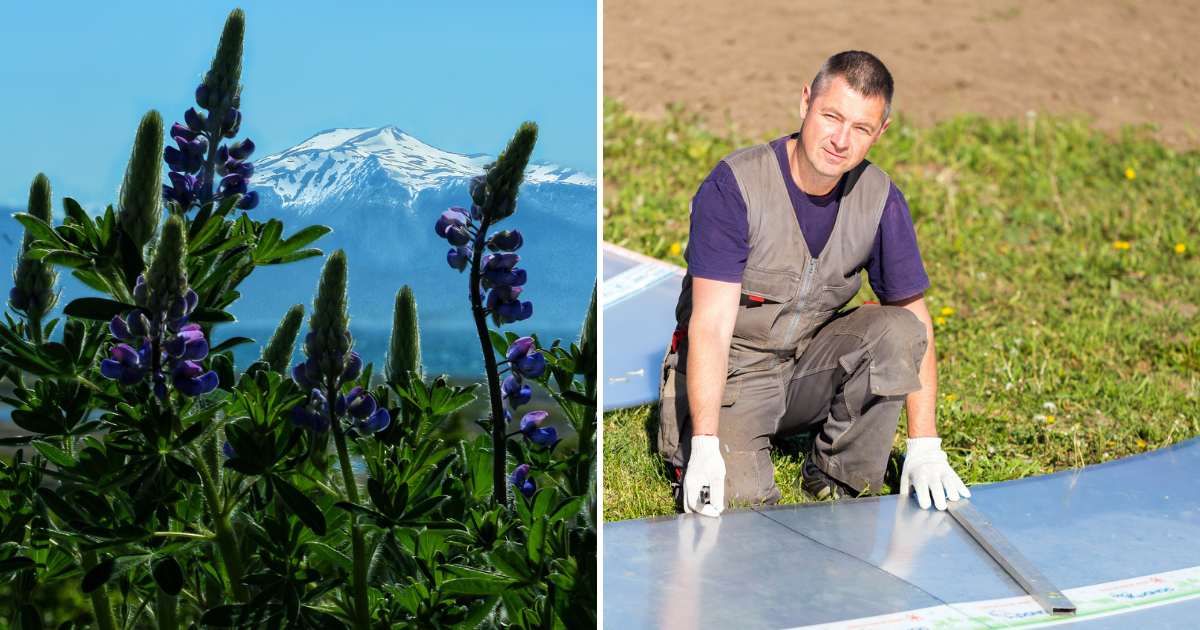
Residents of southwestern Alaska are occupied with tasks that might appear cranky or idiosyncratic to an outsider. Everything is being packed in plastic packets. Computers and laptops are being covered in plastic bags, as Reddit users shared. Outdoor equipment is being blanketed in sheets. Gardens are being bordered with sturdy pavilions. Pets are being trained to breathe through masks. Tons of people are flocking to hardware and stationery stores, and loading their carts with rolls of tape to seal their houses and gardens. The culprit is Alaska’s most ferocious volcano, Mount Spurr.
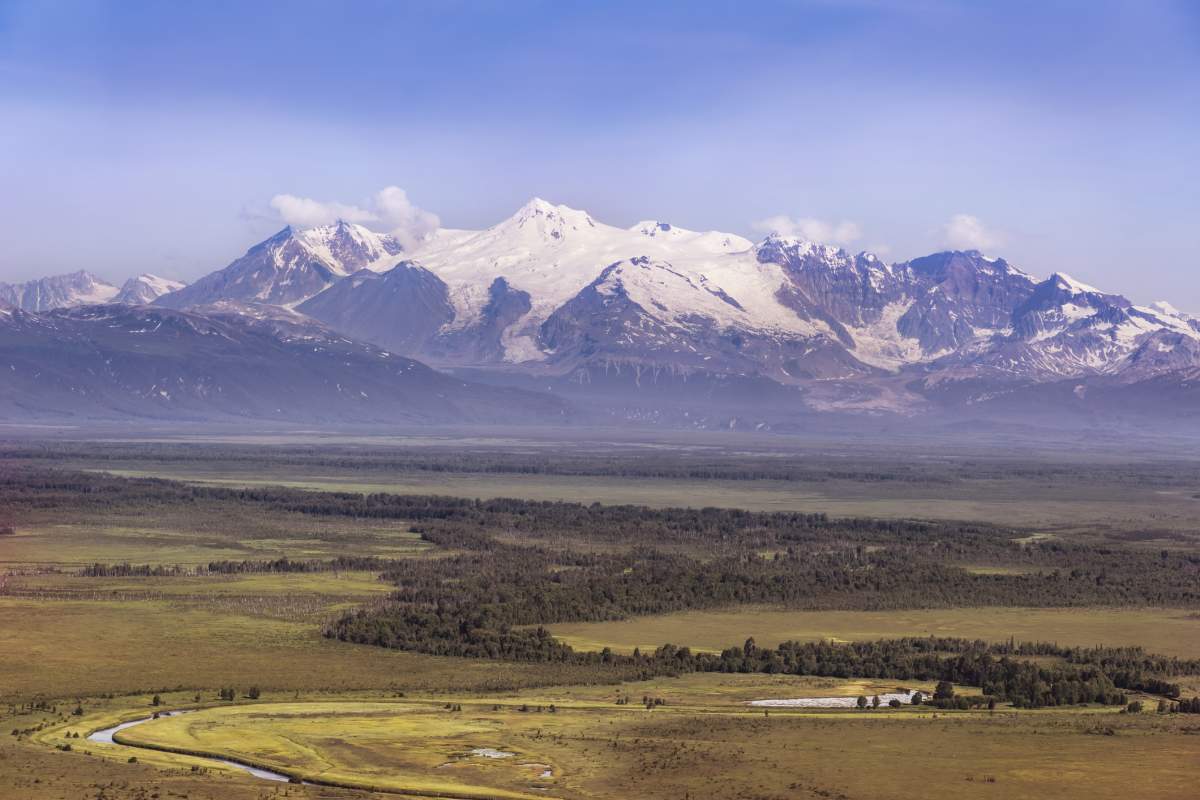
Mt. Spurr could erupt soon
For the past few months, scientists have been observing something stirring in the bosoms of this beast. Authorities have issued warning notices to locals, cautioning them to protect their gardens in case the giant beast erupts and spews torrents of hot volcanic ash into the surrounding areas, according to a report by the Government of Alaska.
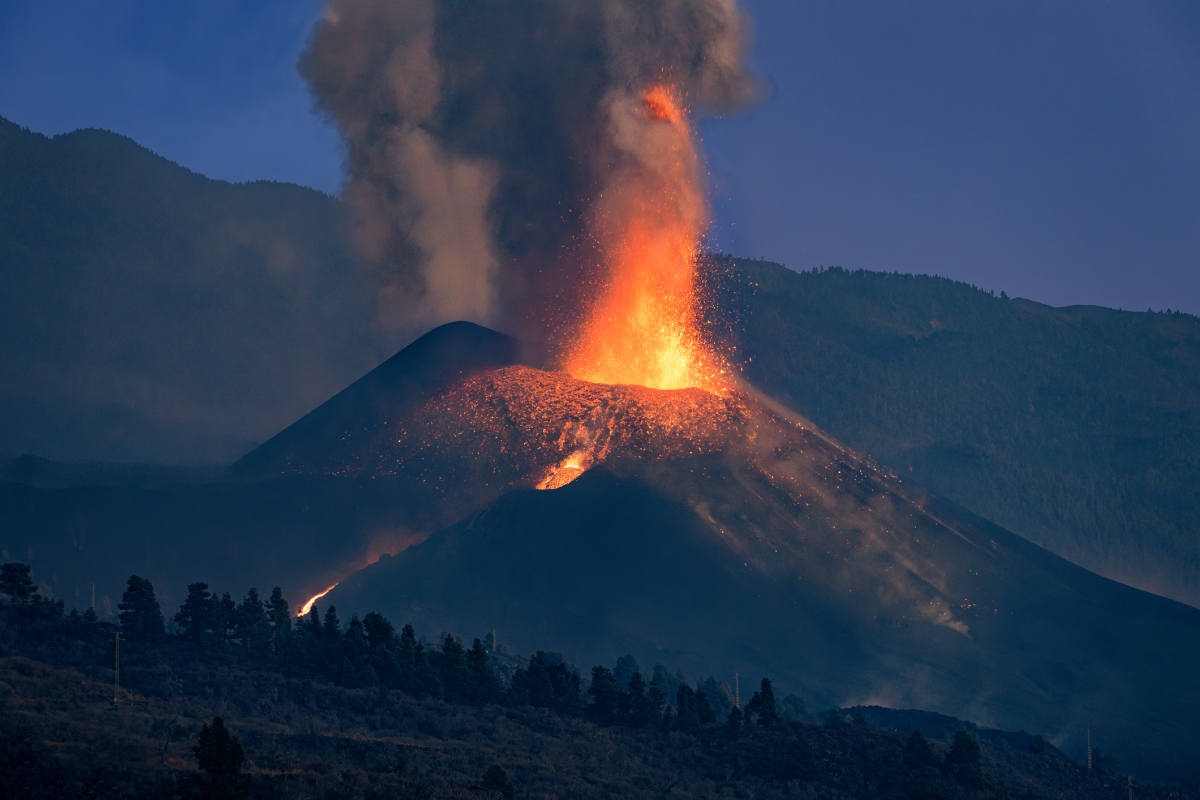
Mt. Spurr has always been infamous for its tempestuous potential for a sabre-rattling explosion, but thankfully, the monster has remained dormant after two explosions in 1953 and 1992. But for the past few months, between March and April this year, scientists who were keeping an eye on it noticed some unusual episodes occurring in the volcanic belt, as the Alaska Volcano Observatory mentions.
Subtle tremors
Our interpretation is that the likelihood of an eruption at Spurr is low but remains above background levels. We expect to see increases in seismic activity, gas emissions, surface deformation, and surface heating at Spurr prior to an eruption, if one were to occur. (5/6)
— Alaska AVO (@alaska_avo) July 29, 2025
Starting from subtle tremors and rumblings to massive earthquakes, the volcano has been showing signs of unrest and agitation. Above its mouth, they noticed clouds of steamy plumes that were infused with high concentrations of carbon dioxide, which seemed to have enrobed the entire rim of the Crater Peak vent, located south of the summit. Steamy fumaroles are depicting signs of intense uneasiness and tension, as apparent by the choky denseness of the air.
Landmine fan Phil sent us these great photos and video taken today from his 172 over Mount Spurr.
— The Alaska Landmine (@alaskalandmine) March 23, 2025
Mount Spurr, an active volcano, sits approximately 80 miles west of Anchorage. It has been on watch since last year due to seismic activity, but increased activity in recent weeks… pic.twitter.com/ASnGiqcals
On the crust, shallow seismic activities are unfolding in the form of earthquakes, ground deformations, and inflation, detected about 80 miles west of Anchorage. Investigation of vents and cracks indicated that the shallow magma body sitting in the volcano’s bosom was stirring up in restlessness, as if trying to wake up from dormancy and rise. Another clue was the collapsing snow and ice cover near the volcanic region. All these signs caused scientists to feel leery. They issued warnings for residents to prepare their gardens for an ashfall already.
Can ashfall destroy your garden?
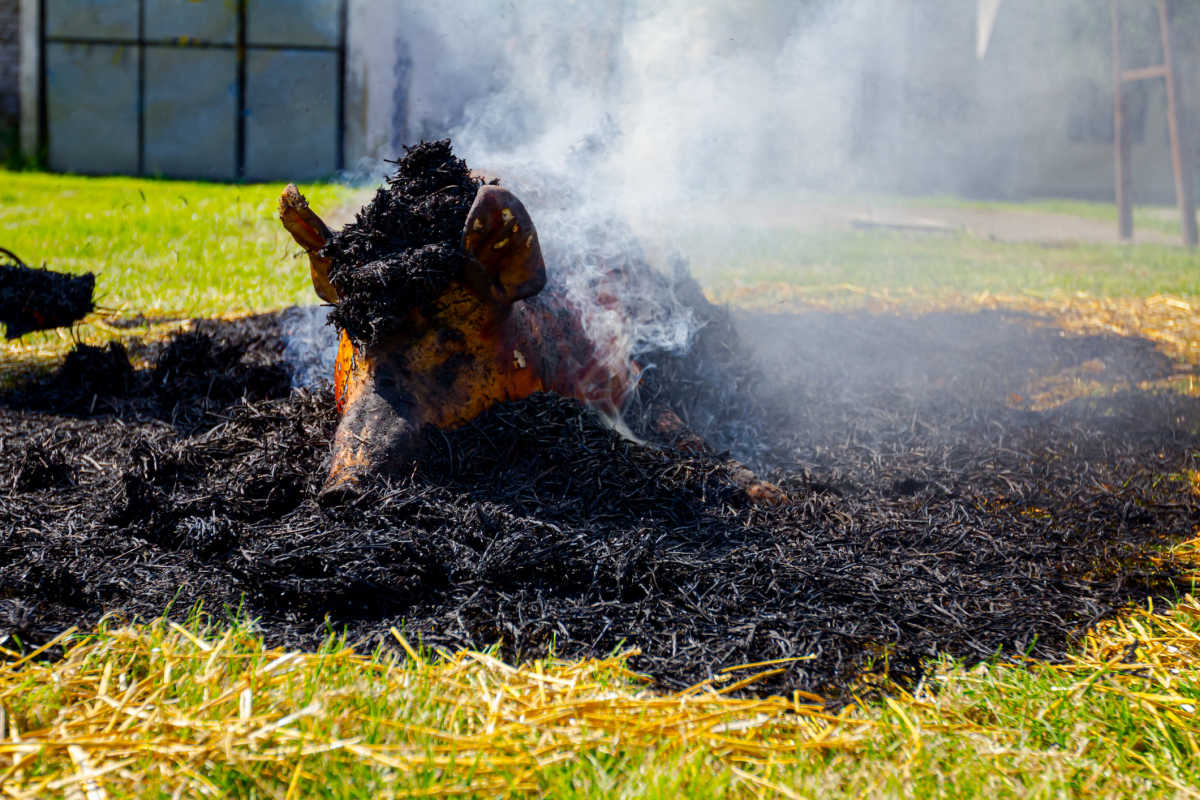
Ashfall, although, is a natural part of Alaska’s soil and ecosystem, in the event of an eruption, it can prove to be hazardous and even detrimental to life. In case of farms or gardens, volcanic ash can disrupt the natural growth patterns of the plants and trees, also poisoning them with deadly cocktails of chemicals. This is especially valid if you have a garden somewhere in Southcentral Alaska. In conversation with Alaska News Source, Nelson Crone from Matanuska Experiment Farm and Extension Center suggested some important measures you can take to protect your garden beds from volcanic ash.
Wear garden gloves
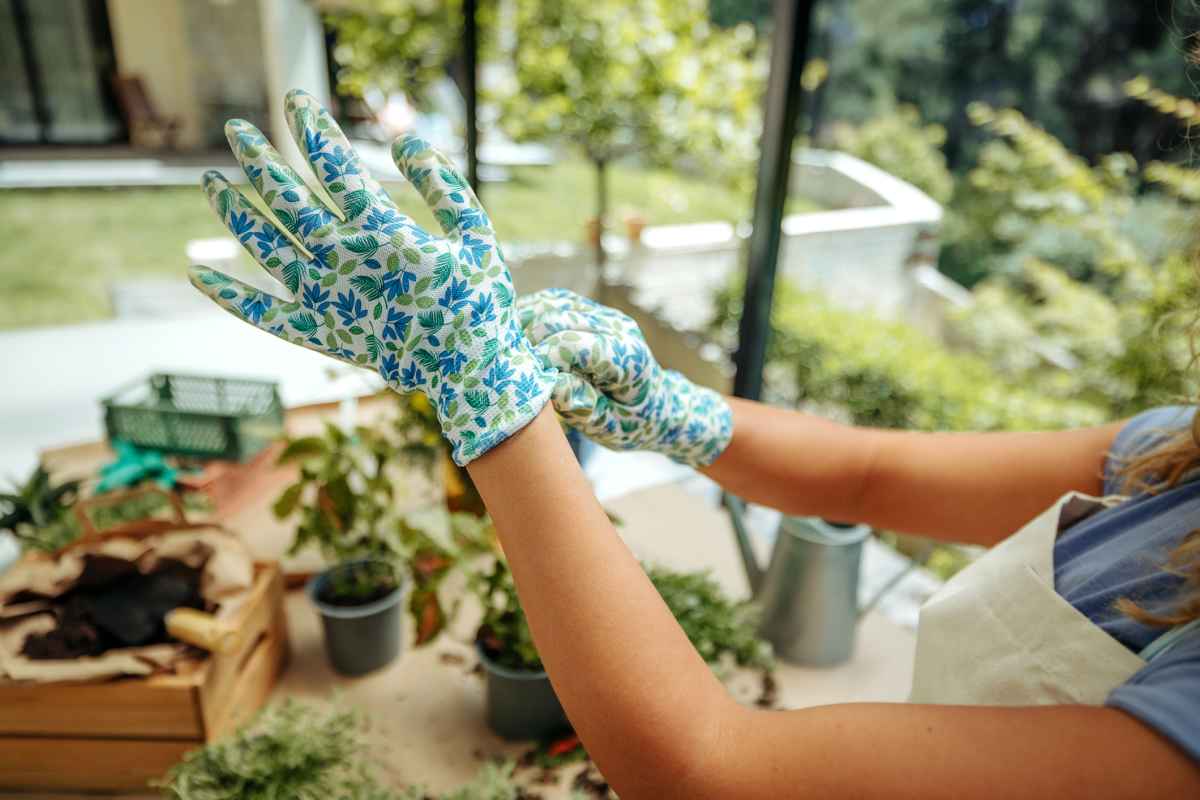
To begin with, wear garden gloves. “You definitely would want to wear gloves when you’re washing them, and you could wash them outside with a garden hose as long as it’s potable water, and then bring them inside and wash them again with water to make sure they’re nice and clean so you’re not consuming ash,” Crone explained.
Use construction plastic
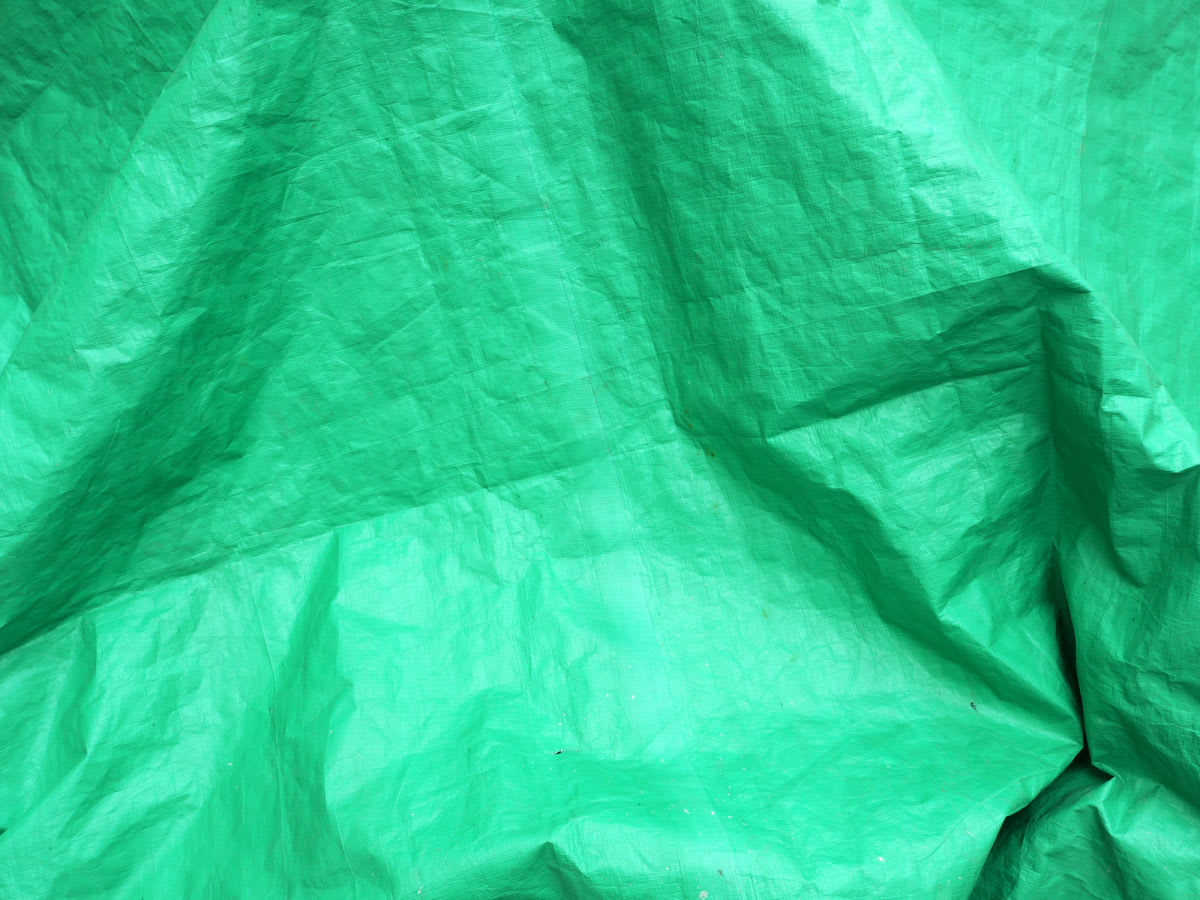
Not every plant has the same absorption tendency. Some plants might absorb the ashy particles more than others. Lettuce, for example, has the tendency to trap copious amounts of ash particles in its leafy clusters, which makes it difficult to loosen up. The solution, according to Crone, is polyethylene plastic, a.k.a. construction plastic.
You can affix them with the standard blue tape, while making sure that you don’t suffocate them in plastic, otherwise they won’t be able to carry out photosynthesis properly. And if small amounts of ash are left incorporated in the soil, don’t worry. You can let it remain to be used as a compost and fertilizer for the plants, the Alaskan government says.
More on Green Matters
Plants and Trees Give Us an Early Warning if a Volcano Is About to Erupt — Research Says
Hundreds of Volcanoes Will Soon Erupt in Antarctica if Humans Don’t Do This One Thing
Experts Predict an Undersea Volcano Off The US West Coast Could Erupt Soon — Should You Be Worried?